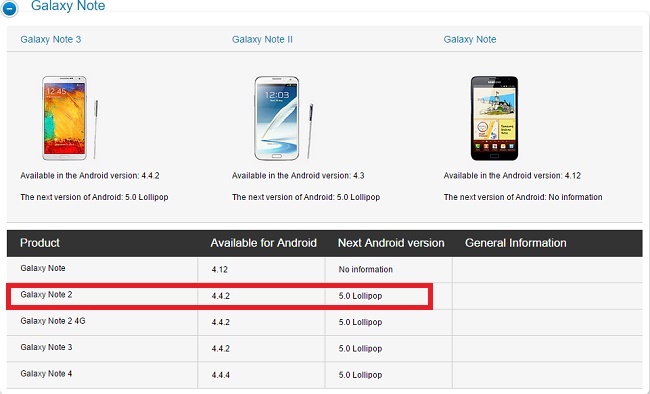Data visualization has become an integral part of the business world. It provides a comprehensive way to convey complicated information in a visually appealing and easily understandable manner. Among the tools available for data visualization, funnel charts stand out due to their unique ability to display and analyze linear processes. Funnel charts are simple yet effective in displaying conversion rates, sales pipelines, or website visitors. This article delves deep into the best practices of using funnel charts for ultimate data clarity. Keep reading for the funnel chart explained.
Understanding the Basics of Funnel Charts
Alt text: Data analysts looking at data on a computer and laptop, learning how to visualize data with funnel charts.
A funnel chart is a type of chart that illustrates a linear process that narrows down as it progresses. The chart gets its name from its similarity with a funnel shape, as it starts wide at the top and tapers off towards the bottom. The wider parts of the chart indicate higher values or quantities, while the narrowing parts represent decreases or concentrations of these values.
Unlike pie charts or bar graphs, which display data proportionally, funnel charts provide a unique visualization of data representing a process. They are particularly useful when the data has different stages, such as a sales pipeline, which includes prospecting, approaching, negotiating, and closing.
Identifying the Right Use Cases for Funnel Charts
Before you start creating a funnel chart, it’s crucial to identify if it’s the most effective tool for your data. Funnel charts are not universal; they are best used in specific instances. Generally, they are used to visualize a linear process that has sequential connected stages. Furthermore, these stages need to see some form of reduction or narrowing down as they progress.
If you manage a project, a funnel chart can provide a visual process from the ideation phase, planning, and execution to completion. In each phase, specific objectives and milestones narrow down, leading to the final project outcome. Overall, these scenarios reveal the unmatched strength of funnel charts, displaying significant data changes and conversion rates between different process stages.
Getting Started With Funnel Chart Creation
Crafting a stunning and insightful funnel chart begins with understanding your data and its categories. As mentioned, funnel charts are ideal for processes that diminish over time or stages. Therefore, identifying these stages forms the crucial first step in creating your funnel chart. The stages form the distinct sections or layers of the chart.
Each layer of the funnel chart will represent a stage along with the respective count or number. This process may involve the art of segmenting your data. Segmentation is especially beneficial when dealing with complex datasets with varying magnitudes and dimensions. With all the data points accurately segmented into their respective stages, they keep your chart coherent and digestible.
After arranging your data, the next step is designing the funnel chart. The designing part encompasses laying out your chart and choosing the appropriate colors. This step aims to make the chart visually appealing while enhancing readability for anyone viewing it. The colors you choose should clearly distinguish between your funnel’s different layers or sections.
Factoring in Human Perception and Cognitive Load
Alt text: A person on a tablet creating funnel charts, sitting at a wooden table with a blackboard wall behind them.
While creating a funnel chart, a crucial element you need to consider is the human element. People with different data literacy levels will likely view your funnel chart. As such, it’s imperative to remember that data visualization aims to simplify complex data into an easily digestible format.
How you present your funnel chart significantly impacts how the human brain interprets it. Important data should be more pronounced and easy to see. Comparisons should be straightforward to identify and interpret. The use of colors should aid in data differentiation and not cause confusion. Remember, the power of a good funnel chart lies in its simplicity and clarity.
Funnel charts can help businesses identify strengths and weaknesses in their processes and devise strategies to improve. They are more than just a visualization tool; they are a vehicle for strategic decision-making and business growth.






Leave a Reply